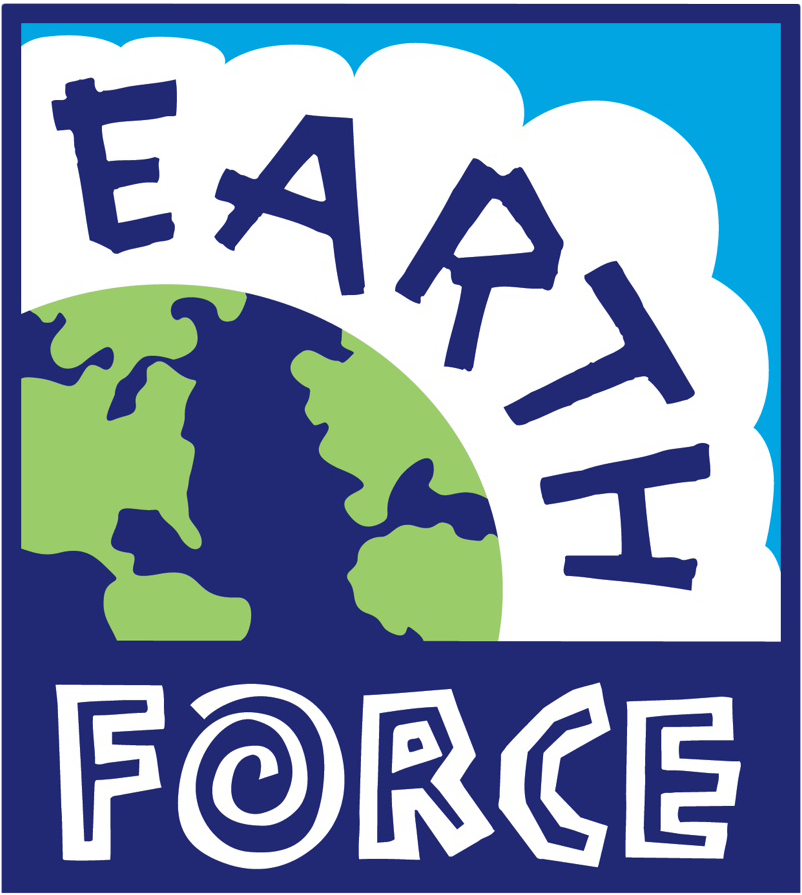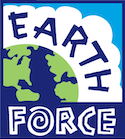Episode 005: The research on why Environmental Action Civics works
Today, our program crew will be digging into just a few of the many research articles that back up our Environmental Action Civics approach and our goals for getting youth engaged in environmental decision-making in order to be active and engaged community members now and in the future. Do you know of research that supports this work? Drop it in the comments below!
References Cited:
Nicole M. Ardoin, Alison W. Bowers & Estelle Gaillard (2022): A systematic mixed studies review of civic engagement outcomes in environmental education, Environmental Education Research, DOI: 10.1080/13504622.2022.2135688 Available at: https://www.tandfonline.com/doi/full/10.1080/13504622.2022.2135688
Louise Chawla & Debra Flanders Cushing (2007) Education for strategic environmental behavior, Environmental Education Research, 13:4, 437-452, DOI: 10.1080/13504620701581539 Available at: https://doi.org/10.1080/13504620701581539
Hungerford, H. R., & Volk, T. L. (1990). Changing Learner Behavior Through Environmental Education. The Journal of Environmental Education, 21(3), 8-21. Available at: https://doi.org/10.1080/00958964.1990.10753743
Schwartz, S.E.O., Benoit, L., Clayton, S. et al. Climate change anxiety and mental health: Environmental activism as buffer. Curr Psychol 42, 16708–16721 (2023). https://doi.org/10.1007/s12144-022-02735-6 Available at: https://rdcu.be/dkUKd
Melchior, A. (2019). Earth Force 2003-2019 Program Evaluation. Brandeis University Center for Youth and Communities. Chatham, MA.
Written by - Hayley Valley
Hayley Valley, Earth Force's Communications Manager, joined Earth Force in 2010 and has since held too many roles to count - all drawing on her experience in communicating Earth Force's commitment to environmental action civics. When she’s not knee-deep in Google Docs, you’ll find her chasing her two boys around.



